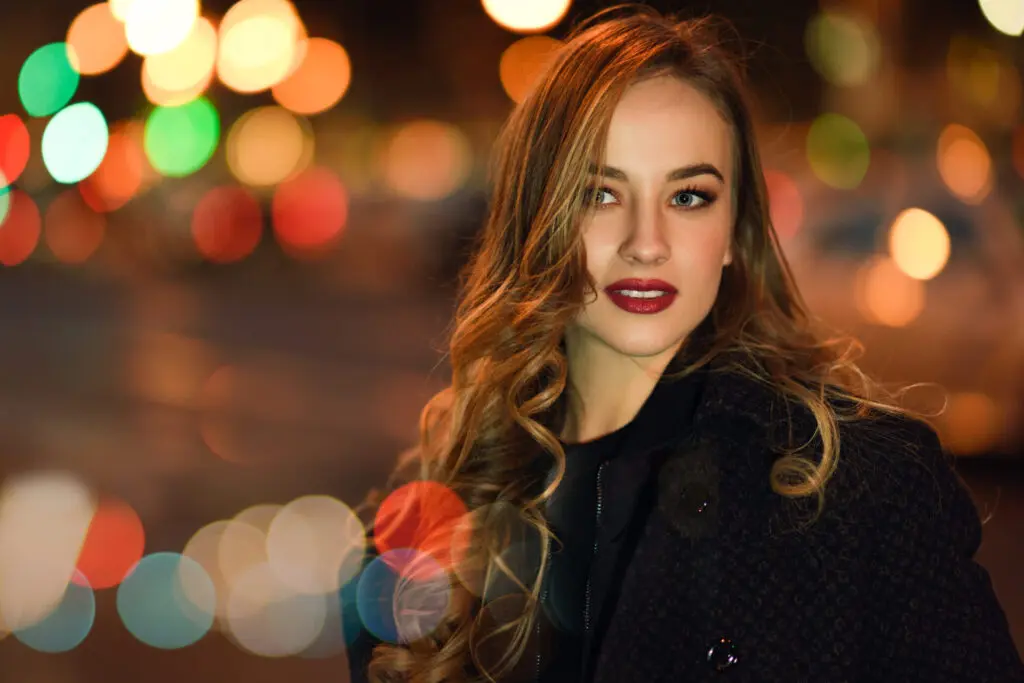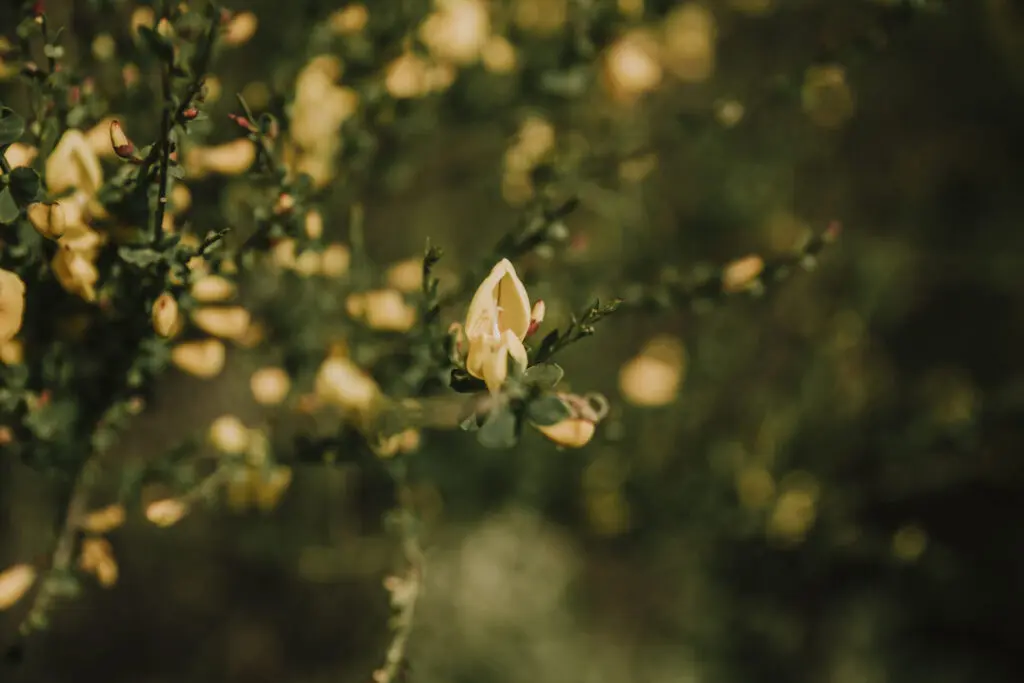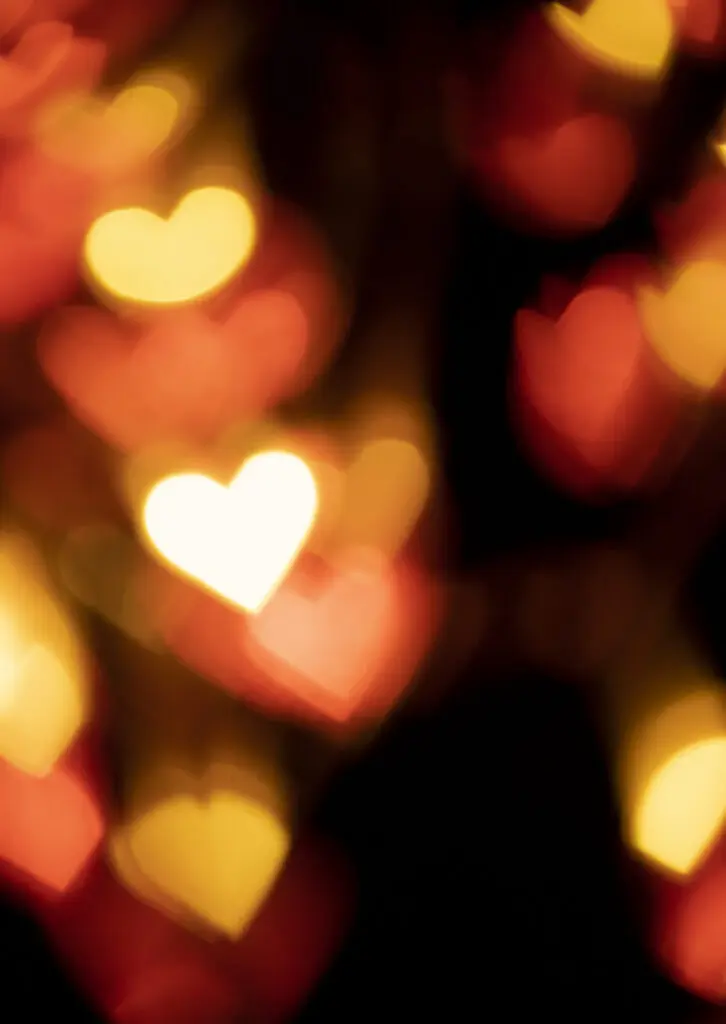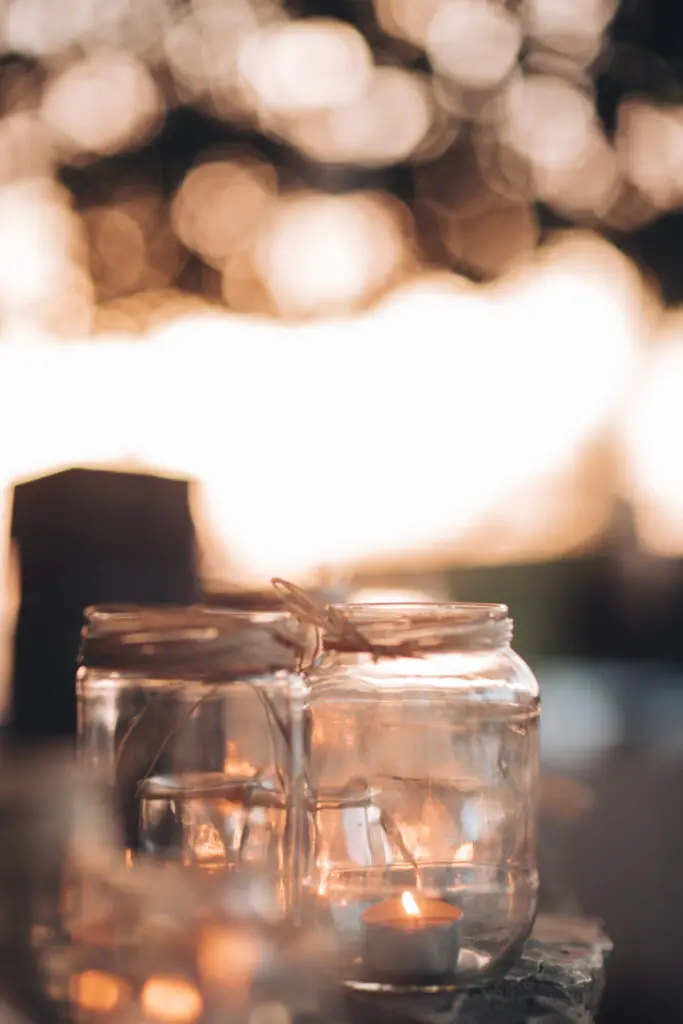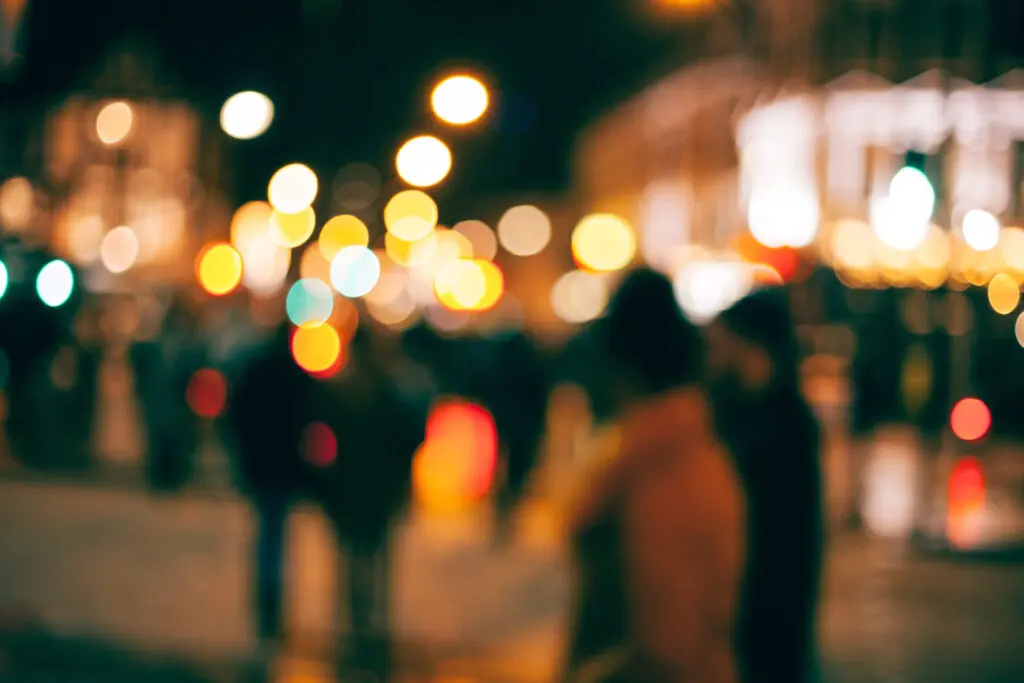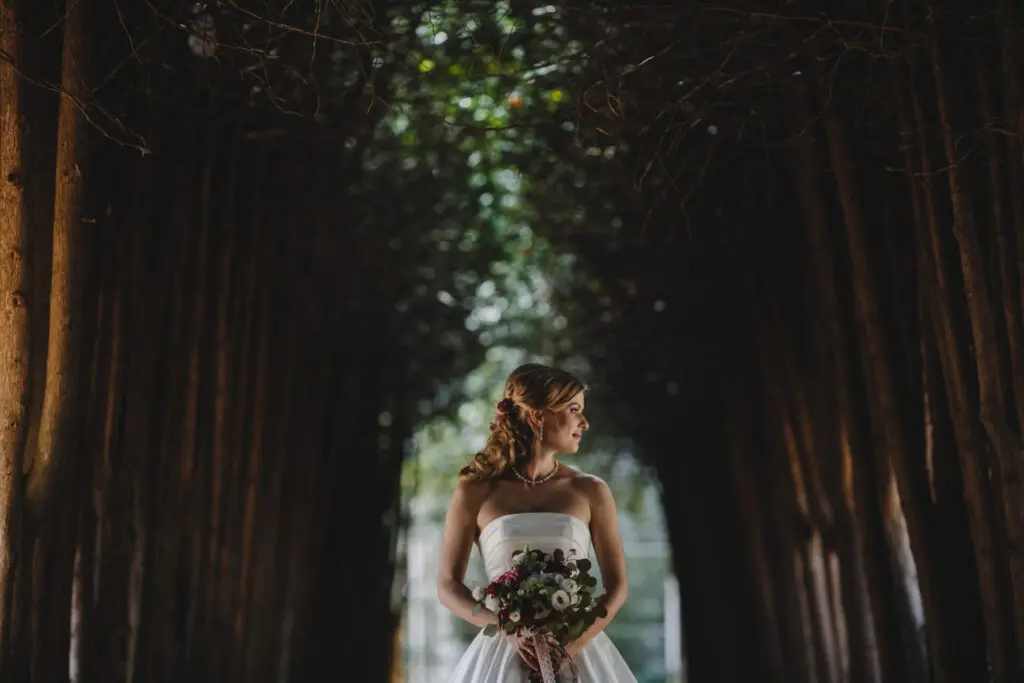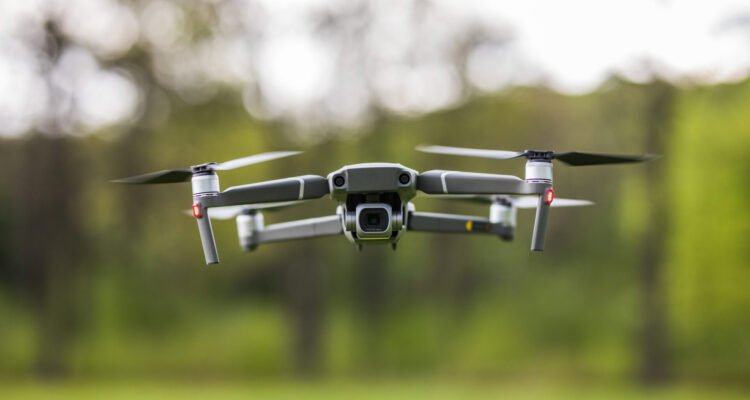This guide helps plus-size models and photographers take flattering photos. The article helps you look…

Understanding What is Bokeh in Photography
If you’re a photography enthusiast, you’ve probably heard the term “bokeh” thrown around in discussions about creative photography. But what exactly is bokeh, and how can you use it to enhance your photos?
This article will talk about bokeh photography. We will learn what it is, how to create it, and how to use it in your pictures.
What is Bokeh?
It is a term used to describe the aesthetic quality of the out-of-focus areas in a photo. It is the blur effect that occurs in the background of a photo, caused by the shallow depth of field.
The fuzzy blur in the background of a photo when the subject is clear and sharp in the front. It comes from the Japanese word “boke”, which means “blur” or “haze”. This tool makes photos more interesting by making the subject stand out from the background.
The Origins of Bokeh
Bokeh comes from Japanese photography. It talks about how the out-of-focus parts of a photo look. The Western photography community started using the term “bokeh” to describe the aesthetic look of blur in photos.
Photographers know different kinds of bokeh like creamy, swirly, or bubbly. Each type has a special look. Creamy bokeh makes a soft blur, while swirly bokeh has swirling patterns that make it look like it’s moving. Bubbly bokeh, on the other hand, is characterized by circular light reflections that appear to float in the background.
The Role of Lens Aperture
The shape of the lens aperture significantly influences bokeh. The lens has blades that make a hole for light to go through. The shape of this hole can change how blurred light looks. Lenses with more aperture blades typically produce a rounder, more pleasing bokeh.
The Impact of Focal Length
Focal length also plays a role in the appearance of bokeh. When using longer focal lengths, background elements look closer and the bokeh effect looks better. Shorter lenses may need you to get closer to the subject for the background to be blurry like longer lenses.
How To Achieve?
Bokeh is most commonly achieved with a wide aperture lens, such as a 50mm f/1.8 or an 85mm f/1.4 lens. These lenses make the subject clear and the background fuzzy.
Choosing the Right Equipment for Bokeh
Choosing the right lens is important for getting a blurry background in photos. Prime lenses with wide apertures make it easy to create a blurry background. Zoom lenses with constant wide apertures can also be effective but might be heavier and more expensive.
Understanding the Depth of Field
Depth of field (DoF) is the range of distance within a photo that appears acceptably sharp. Shallow depth of field makes it by focusing on only a small part of the image. The rest is blurry.
Positioning Your Subject
To get this effect, you need to use a lens with a wide aperture and keep the subject far from the background. The further the subject is from the background, the more pronounced it will be. This happens when the subject is far away from the background. Then the background looks blurry.
Utilizing Light and Distance
The interplay of light and distance is critical for beautiful bokeh. Bright points of light in the background, when out of focus, can enhance the bokeh effect by creating soft, glowing orbs. The size and shape of these orbs are affected by the distance between the camera, the subject, and the background lights.
Adding Bokeh into Your Creative Photography
Bokeh can make your photos look magical and creative. You can use it in different ways to improve your photography. Here are a few ideas on how to incorporate bokeh into your photos:
Portrait Photography with Bokeh
Bokeh is commonly used in portrait photography to draw attention to the subject and create a beautiful, dreamy effect. Put your subject in front of bright lights like city lights, holiday lights, or candles. This will make them stand out with a nice blurry background.
Nature Photography with Bokeh
Bokeh is used in nature photos to make the subject stand out from the background. Try using a wide aperture lens to capture a flower or animal in sharp focus with a blurred background of foliage or trees. This will add a soft and dreamy feel to your nature photos.
Creating Atmospheric Night Photography
Bokeh can be a fantastic addition to your night photography. By using a lens that lets in a lot of light and taking photos when it’s dark, you can get pretty pictures of city lights or stars. This makes a nice blurry background in your photos.
Experimenting with Creative Bokeh Shapes
With the right tools, you can take your bokeh photography to the next level by creating bokeh shapes. This involves cutting a shape out of a piece of cardstock, placing it in front of your lens, and shooting with a wide aperture. The photo will have bokeh in different shapes like hearts, stars, or the outline of an animal you like.
Using Bokeh in Still Life Photography
Bokeh is good for focusing on one thing in a picture. It can make the background less distracting. This method makes the subject stand out more by showing its texture and details.
Adding Bokeh in Street Photography
Street photographers can use bokeh to make one subject stand out in city photos. It can be used to hide faces or backgrounds to make things mysterious or unclear.
Bokeh in Wedding Photography
Bokeh is particularly popular in wedding photography, where it can be used to create romantic and ethereal images. Bokeh can make wedding photos look even better. It can add a special touch to close-up shots or make ring photos stand out.
Tips for Achieving Great Bokeh
While bokeh can add a beautiful and dreamy effect to your photos, achieving it can be a bit tricky. Here are a few tips to help you achieve great bokeh in your photos:
Selecting the Right Aperture
To get blurry background, use lens with big hole, like f/1.8 or f/1.4. The wider the aperture, the shallower the depth of field, and the smoother the bokeh will be.
Getting the Right Distance
Get Close to Your Subject: The closer you are to your subject, the more pronounced the bokeh will be. This is because the closer you are, the shallower the depth of field will be, creating a stronger blur effect in the background.
Focusing Techniques for Better Bokeh
Try using manual focus sometimes for better bokeh in your photos. Autofocus may focus on the wrong thing, like the background instead of the subject. This can make the bokeh effect not look good.
Exploring Various Lighting Scenarios
Try using different lights to see how they affect the bokeh in your photos. You can use natural light, artificial light, or both to see which one looks best for what you want.
Choosing the Right Background
The background of your photo can make or break your bokeh effect. Look for backgrounds with points of light or interesting textures that will blur nicely. Avoid overly busy or distracting backgrounds that might detract from the subject.
Adjusting Your Shooting Angle
Sometimes, adjusting the angle at which you’re shooting can enhance the bokeh effect. Pointing the camera upwards towards lights or keeping the background far away can make the bokeh look more dramatic.
Bokeh Photography Tools
You can create a bokeh with a wide aperture lens. But there are tools you can use to make your bokeh photos even better. These include:
Bokeh Filters and Their Uses
Bokeh Filters: These are filters that attach to your lens and create a specific shape or pattern in your bokeh. They come in various shapes, such as hearts, stars, and even snowflakes.
Creating Custom Bokeh with Bokeh Masters
Bokeh Masters are small discs with different shapes that you can put on your lens to make special bokeh shapes. They offer a simple and creative way to personalize your bokeh effects.
Using Bokeh Blades for Creative Shapes
Bokeh Blades: These are small blades that can be placed in front of your lens to create custom bokeh shapes. They allow for greater flexibility and creativity than pre-made bokeh masters.
The Role of Extension Tubes in Bokeh Photography
Extension tubes help you focus closer to your subject, making it easier to blur the background.
Reflectors and Diffusers in Bokeh Photography
Reflectors and Diffusers: These tools can help manage the light in your scene, which can affect the quality and appearance of bokeh. Softening the light with a diffuser, for example, can produce softer bokeh.
Conclusion
Bokeh is a beautiful and creative effect that can add depth and interest to your photos. You can make your photos look really nice by using a lens with a wide aperture and trying out different lighting and techniques. So go out and have fun using bokeh in your creative photography!
Read Next : Camera Angles in Photography


